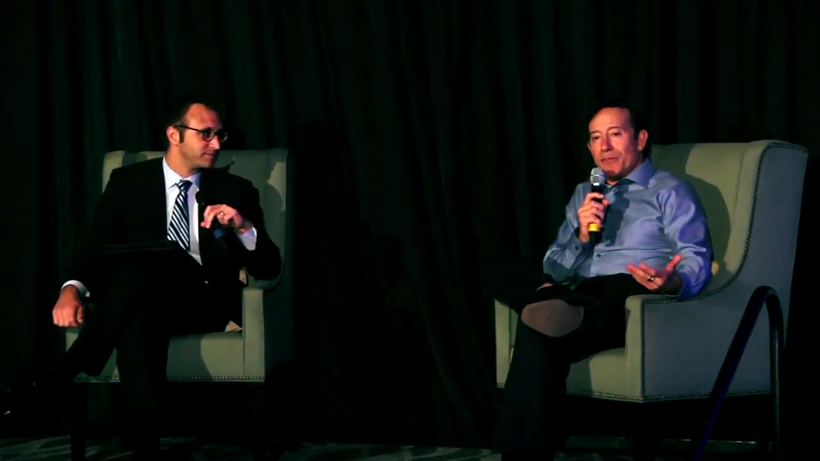Three Secrets to Being an Effective Philanthropist
June 28, 2017After decades of involvement with more than 100 non-profit organizations, I have learned that philanthropy is about much more than writing checks. In fact, I found that it is actually much harder to give away money as a philanthropist and obtain a high return on your investment than it was to make money as a real estate investor.
There are a range of practices that you must employ to ensure that your philanthropic investments are making an impact. Here are three principles I have learned over the years about being an effective philanthropist.
1. Philanthropic work is a lifetime labor of love
I am often asked what motivates me to work so hard at philanthropy. I always answer, “I don’t work at all.” Philanthropy should not feel like “work.” If you do what you love and love what you do, you’ll get satisfaction out of your charitable endeavors and feel motivated to do even more. Philanthropic work is a blessing, and the more involved you get, the more satisfied you feel.
Once you’ve decided where to focus your energy, stick with it. By developing a lifelong relationship as a donor, you grow with organizations and allow them to focus on the work they do best, instead of having to dedicate all their time and energy to fundraising.
2. Stay focused, but find synergies
With so many organizations doing great work all around the world, it’s easy to spread yourself thin. Instead of dedicating partial attention to many different causes, it’s important to identify the issues that you feel most passionate about and focus your attention there. Whether it is strengthening the State of Israel and/or cultivating your own local community, by picking few primary causes, successful philanthropists are able to develop an expertise that allows us to have an even greater impact on the organizations that we support.
Philanthropists shouldn’t feel as if they need to choose any one single organization to support and treat it like an exclusive “social club.” Effective nonprofits don’t compete with each other. You should look to help them develop synergies to amplify the impact and effect of their joint efforts beyond what any one organization could achieve on its own. By working with multiple like-minded organizations, such as the Israeli-American Council (IAC), AIPAC, StandWithUs, ACT.il and Taglit-Birthright, I have been able to see my time and money make an outsized impact as a result of cooperation between the organizations that I support.
3. Put your mouth where your money is
The best philanthropists do more than write a check and move on. They roll up their sleeves and contribute their time, talent, connections, and expertise to actively advance the non-profit’s mission.
This is called “active philanthropy”—and it is a philosophy that I embrace fully. At the Adam and Gila Milstein Family Foundation, this means our entire team lends time, energy, vision, and connections to each of our partner organizations. This also ties into finding synergies—bringing like-minded organizations together to create a force multiplier effect.
Philanthropy isn’t an exact science. Every organization is different; every cause is unique. By finding something you love, staying focused, and getting involved, you can make a bigger impact than you could ever imagine.
To view a moderated conversation with Adam Milstein on his philanthropic philosophy, watch the above video or click here.
Original article posted in The Huffington Post
Our Links
Our Mission
The mission of The Adam and Gila Milstein Family Foundation (“MFF”) is to strengthen American values, support the U.S.-Israel alliance, and combat bigotry and hatred in all forms.
MFF also works to strengthen the Jewish people and their affinity to the State of Israel, the homeland of the Jewish people, by instilling pride in their Jewish identity and fostering the courage to stand up and combat their detractors… Read More
Our Latest Articles
 Adam Milstein: Making an impact through strategic venture philanthropy by Alan RosenbaumMay 19, 2022 - 4:11 pm
Adam Milstein: Making an impact through strategic venture philanthropy by Alan RosenbaumMay 19, 2022 - 4:11 pm Combatting antisemitism through strategic venture philanthropy – opinionApril 25, 2022 - 4:10 pm
Combatting antisemitism through strategic venture philanthropy – opinionApril 25, 2022 - 4:10 pm University Diversity, Equity, and Inclusion Staff Show Anti-Israel BiasJanuary 30, 2022 - 10:22 pm
University Diversity, Equity, and Inclusion Staff Show Anti-Israel BiasJanuary 30, 2022 - 10:22 pm



